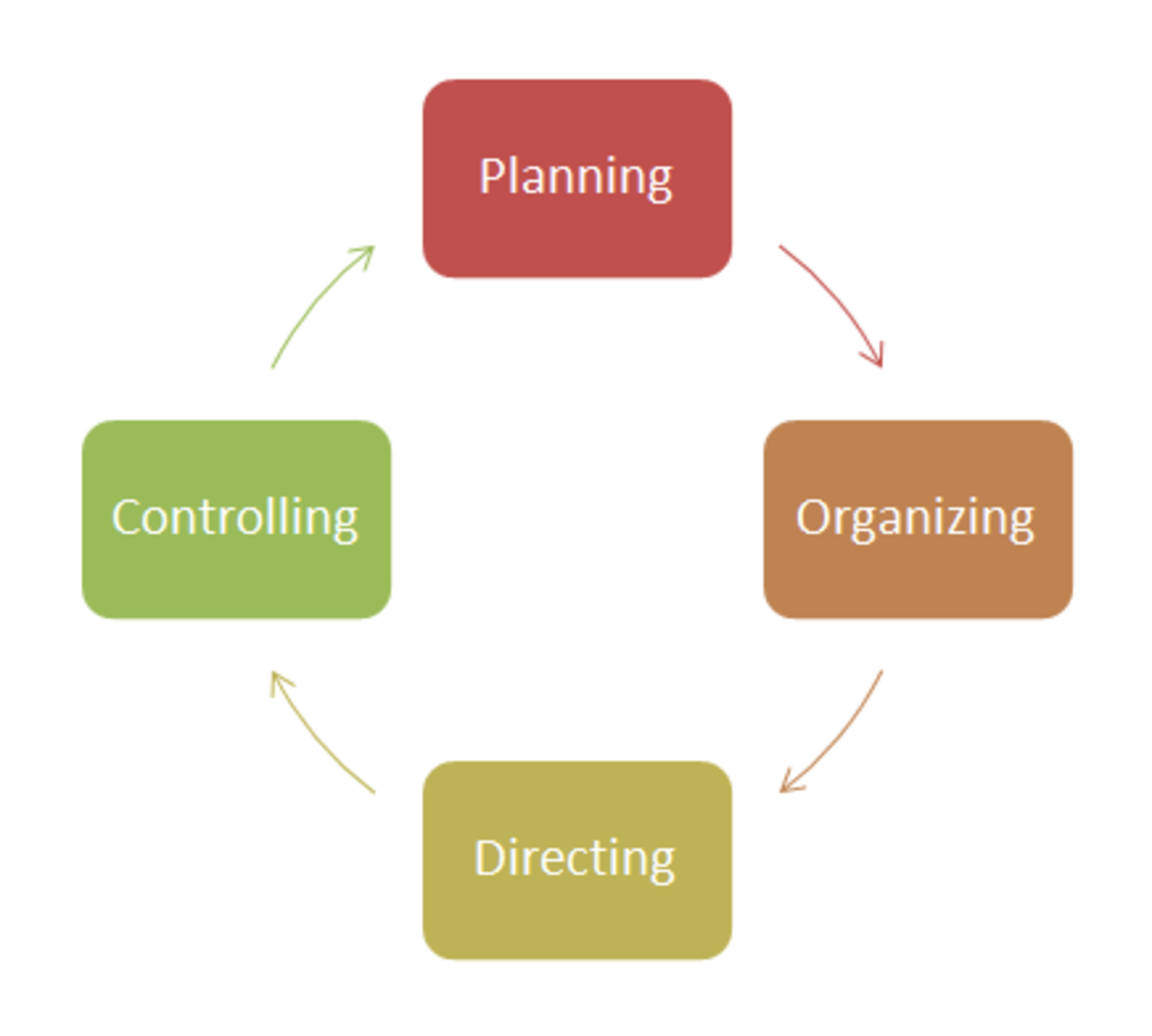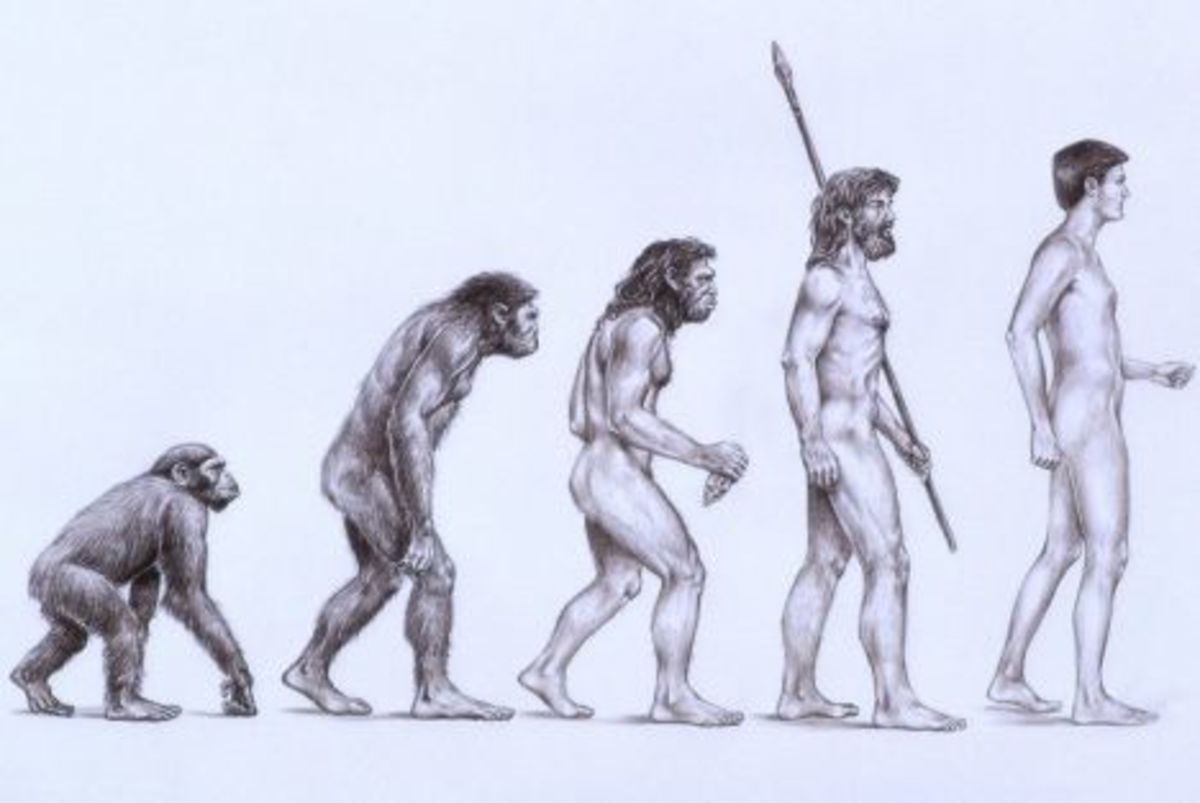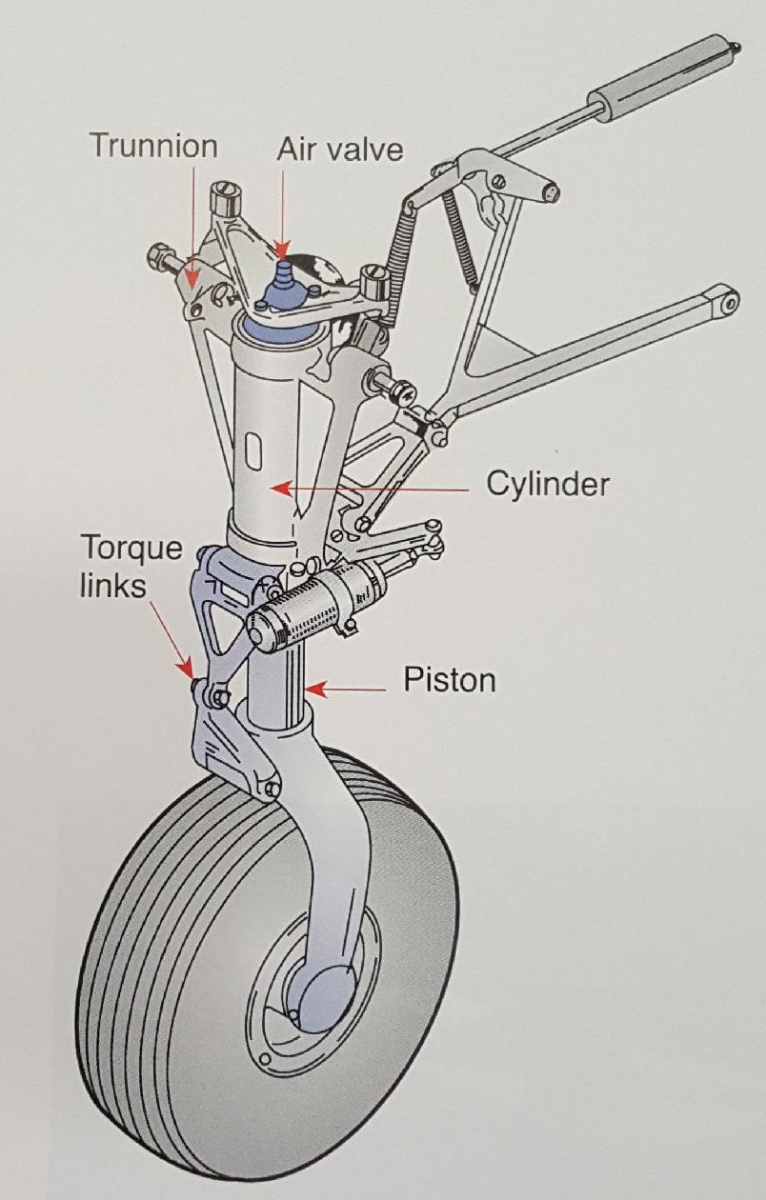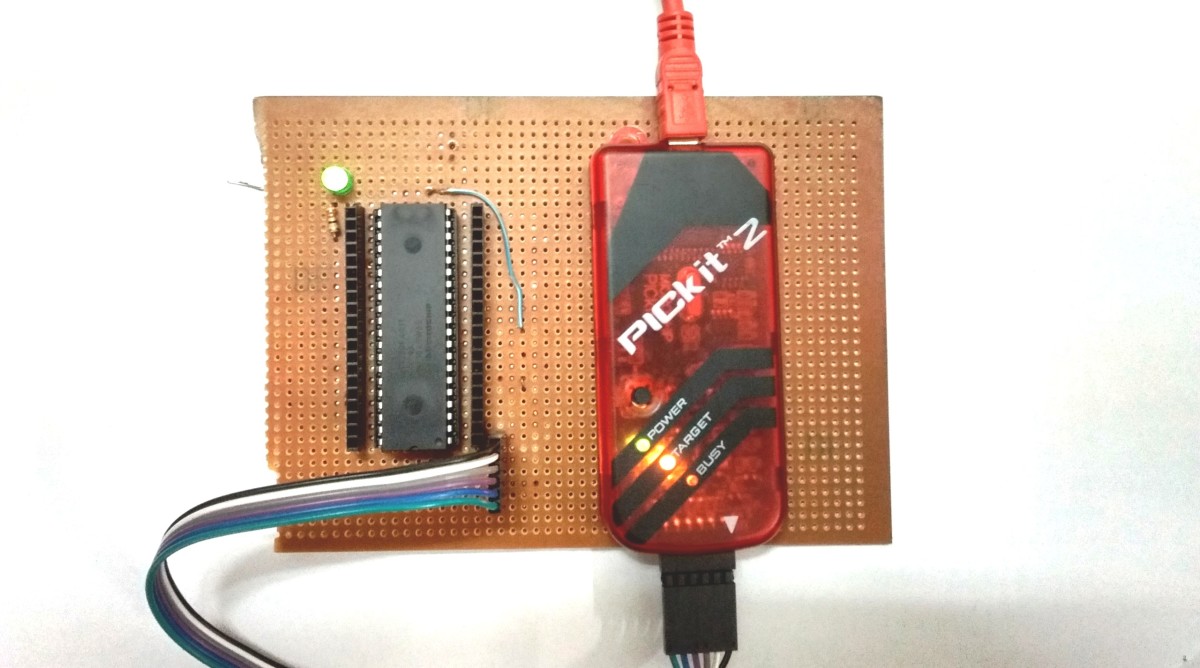An Introduction to Human Centered Design
What Is Human Centered Design?
To paraphrase Don Norman's definition from his book “The Design of Everyday Things”, human centered design or HCD puts human needs, capabilities and behavior first. HCD refers to designs that fit people, not just designs that can be used by people. The pot on the cover of his book is a classic example of a badly designed product, since using the handle to pour would result in hot water spilling onto the hand of the user.

Is Human Centered Design the Same as Ergonomic Design?
In a word, no. A product that is hard to figure out how to use or has a complex user interface can otherwise be ergonomic to hold, use and troubleshoot when something goes wrong. A human centered design, though, is always ergonomic as well as intuitive to use and easy to troubleshoot when something goes wrong.
Human centered design is also a much newer concept than ergonomics. HCD can be considered the invention of Mr. Norman.
What Is The Definition of Human Centered Design?
What is considered human centered design versus good product design?
Human centered design requires:
- An understanding of human psychology to the point the design is intuitive
- Communication from the machine to the human, especially when something goes wrong
- Meeting the needs of the user
- Meeting product requirements, such as a cup that doesn’t melt when heated in the microwave
The Human Centered Design Process
Don Norman uses a four step Human Centered Design cycle:
- Observation
- Idea Generation
- Prototyping
- Testing
The observation stage of the human centered design cycle is the first step of any design process. According to Norman, it is primarily applied ethnography, not market research. It involves watching how people perform tasks, the mistakes they make due to the current bad design, their solutions in the field and how they want to perform the tasks. Market research in contrast studies the ideal customer market segment, how to sell it to them and how much they will pay for it.
The idea generation stage is simply that – coming up with ideas. Mr. Norman posits that the designer look not just at the problem presented to them like “people make mistakes with X” but stepping back and redefining the problem to come up with a simpler, easier to use, and ideally cheaper product.
The prototyping phase involves making the first designs for analysis and test. In short, you’re building something whether a product or process, based on your ideas and what you know about the users.
The testing stage is when the tests to make sure the product meets product requirements. Does the tea kettle keep the water inside without leaks and give off the proper notification when done? Does it heat up evenly without marring the stovetop or burning the surface it is set upon? There is no point in investing in the next step, observation, without knowing if you need to modify the prototype to meet the most basic functional needs. No one cares if a toy is utterly intuitive for a child to use if it poses a safety hazard. It does not matter if a food package is elegantly utilitarian and universal in design if it can’t keep food safe and disease free before food preparation and is difficult to open after heating.
Then you move on to giving the final prototypes that passed testing to users for “observation”. If they have problems or the designers can see more improvements, the design cycle spirals around yet again.

Industry Standards for Human Centered Design
ISO 9241-210, an ISO standard that came out in 2010, outlines the basic standards for computer interactive systems. It is intended to apply to software processes, system interfaces and hardware. ISO 13407 is the older standard that came out in 1999; that human centered design standard has been withdrawn.





